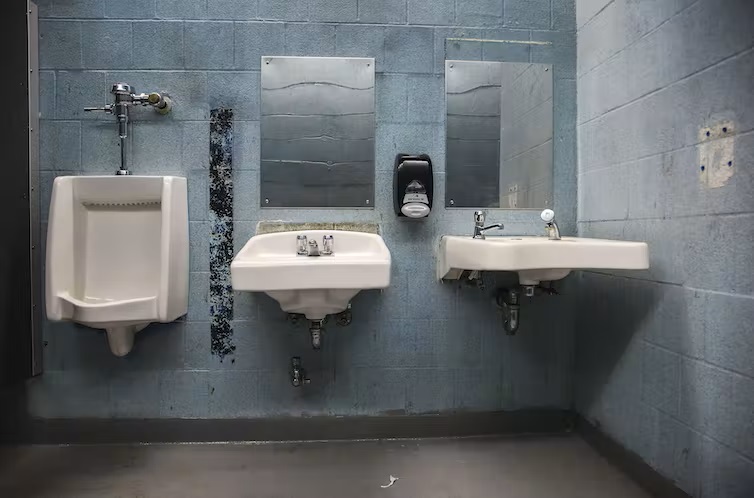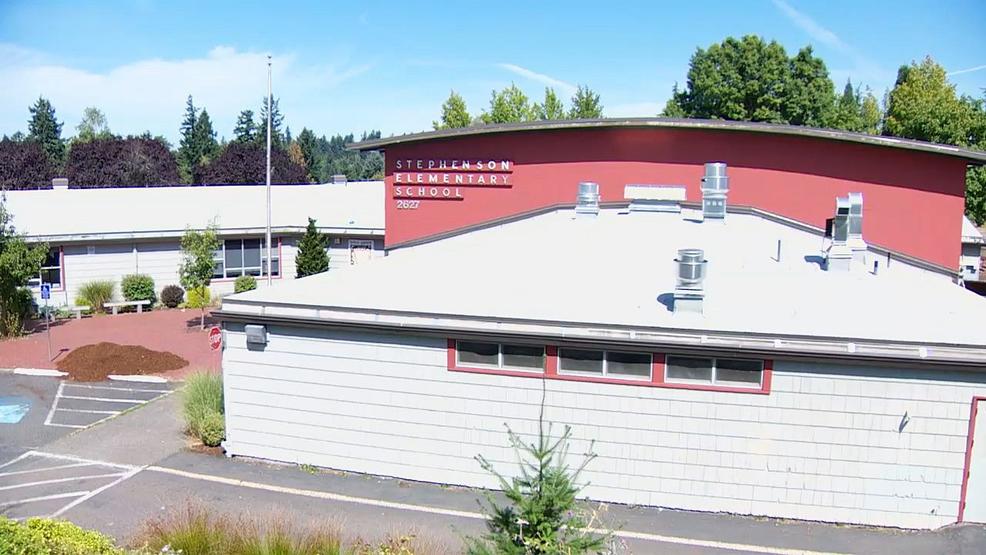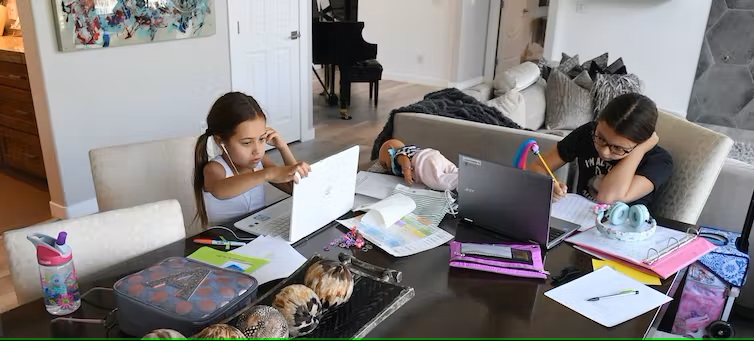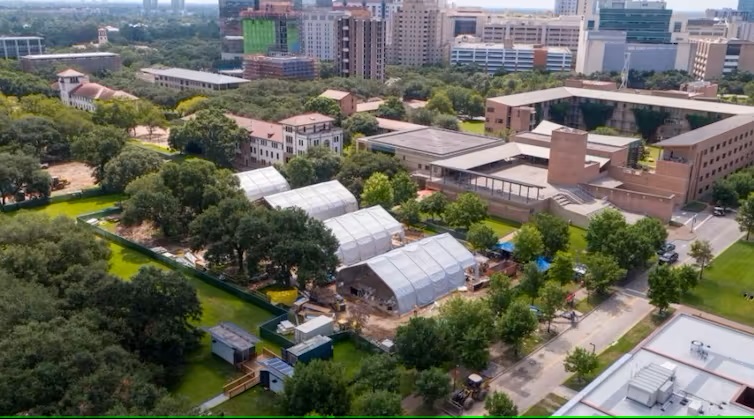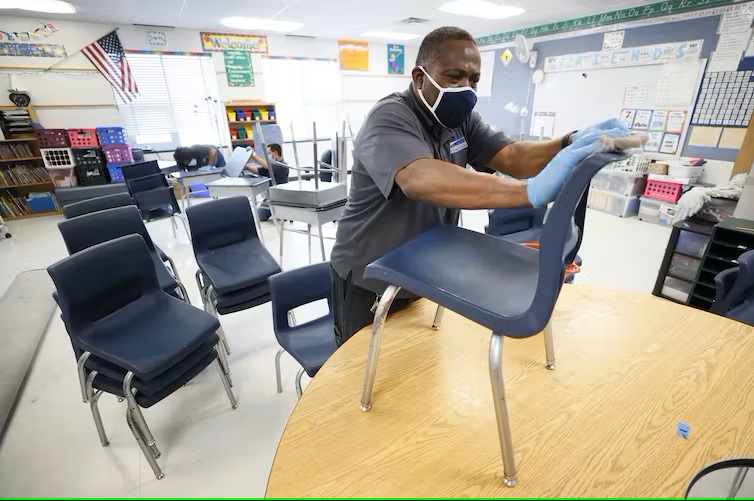America gets a D+ for school infrastructure – but federal COVID relief could pay for many repairs
Many kids are attending public schools this spring with the use of COVID-19 safety protocols, including more desk spacing, more frequent cleaning and mandates to wear masks.
But far too many of the school buildings themselves remain dilapidated, toxic and in desperate need of structural improvements. Help may finally be on the way.

